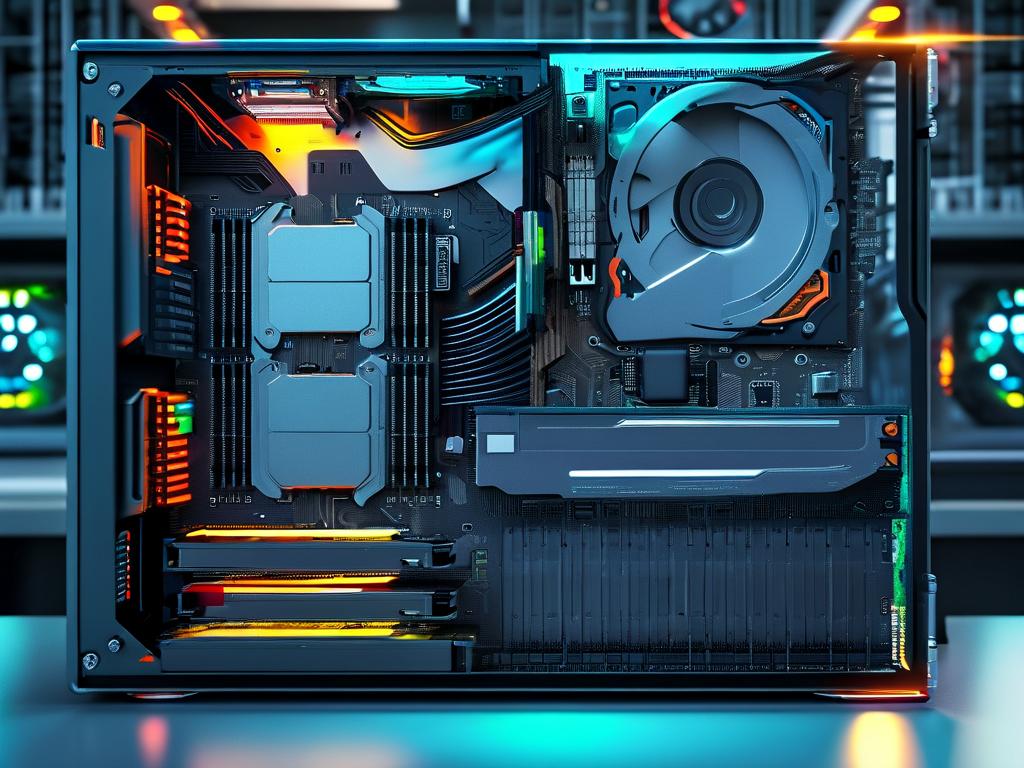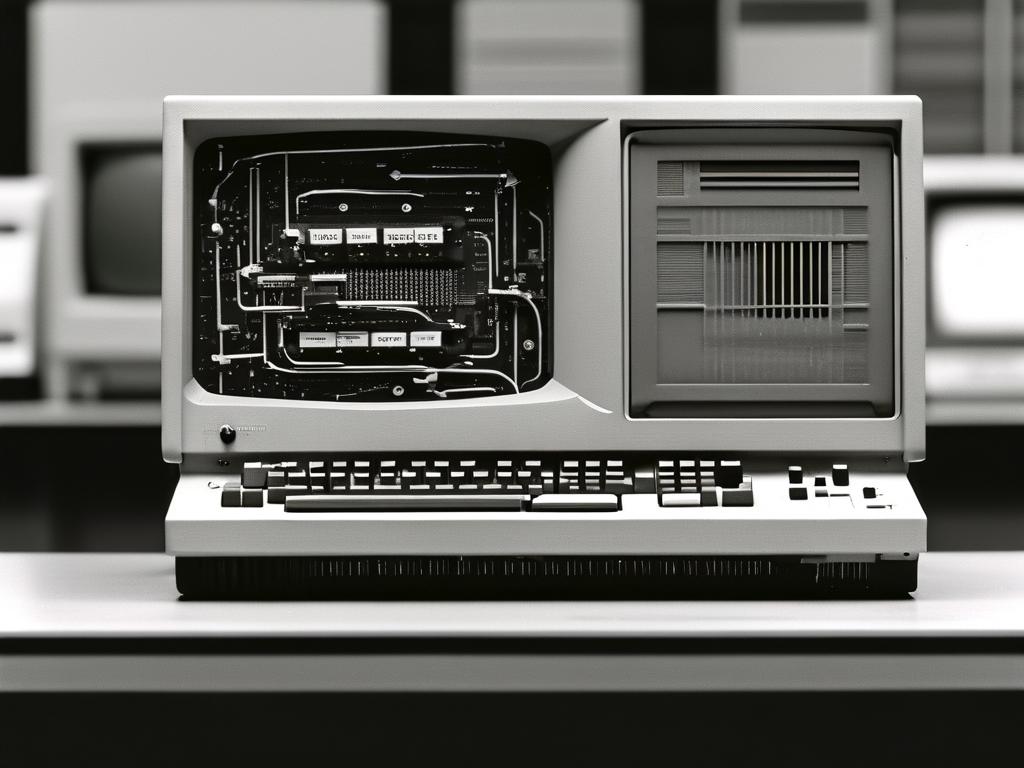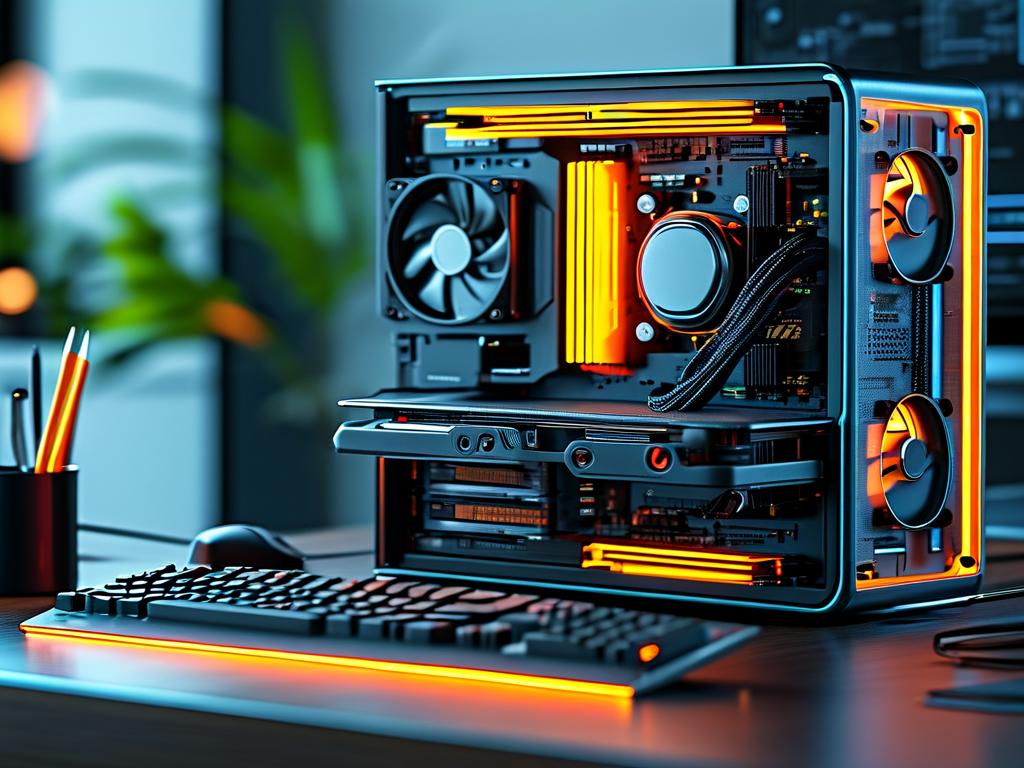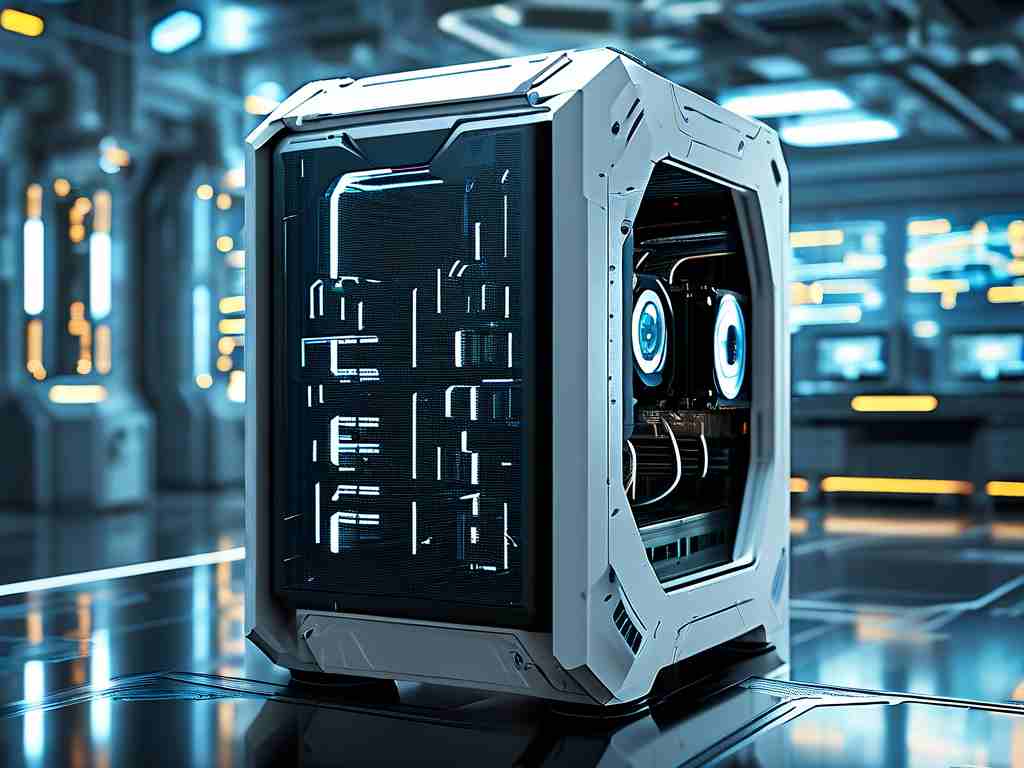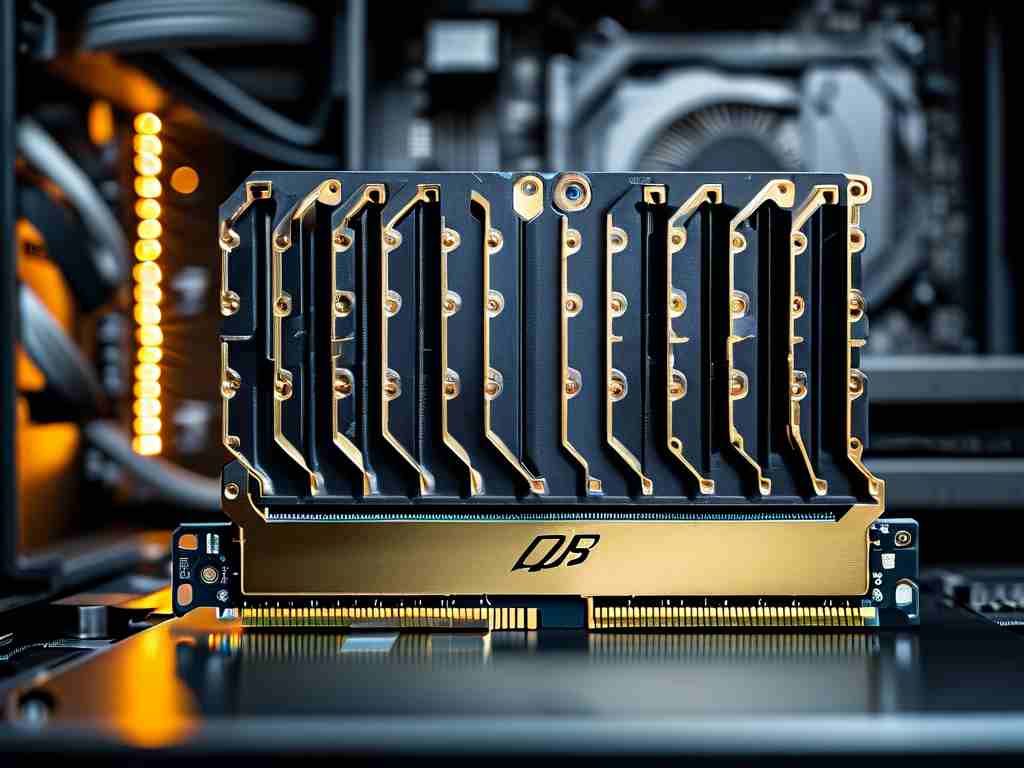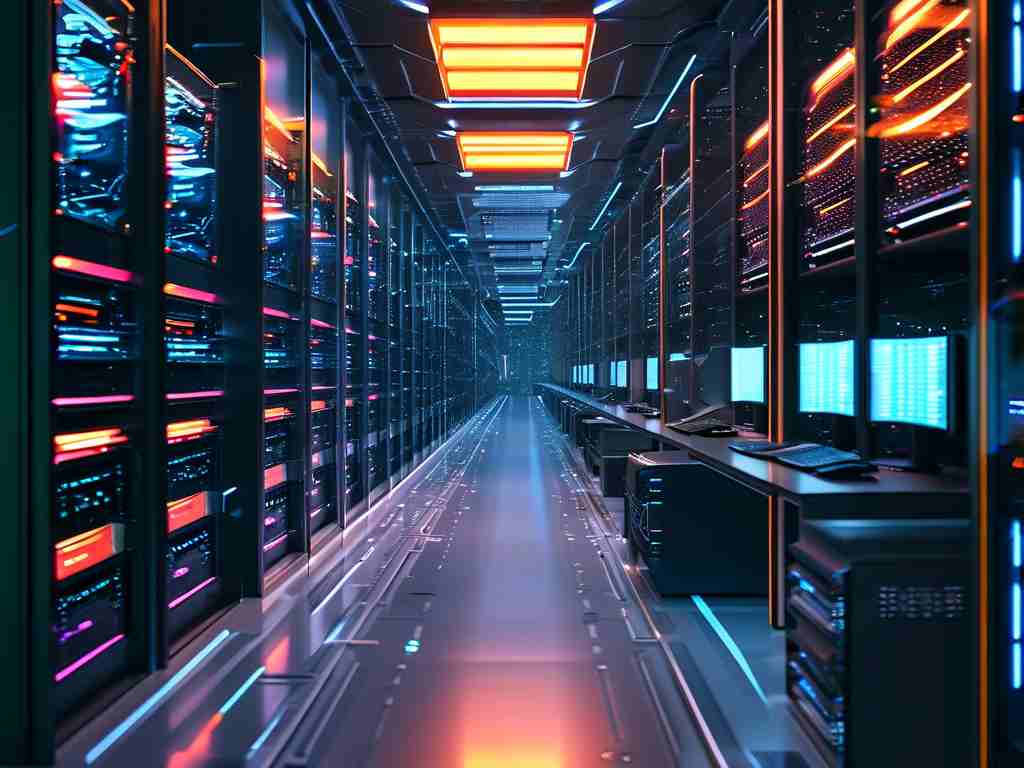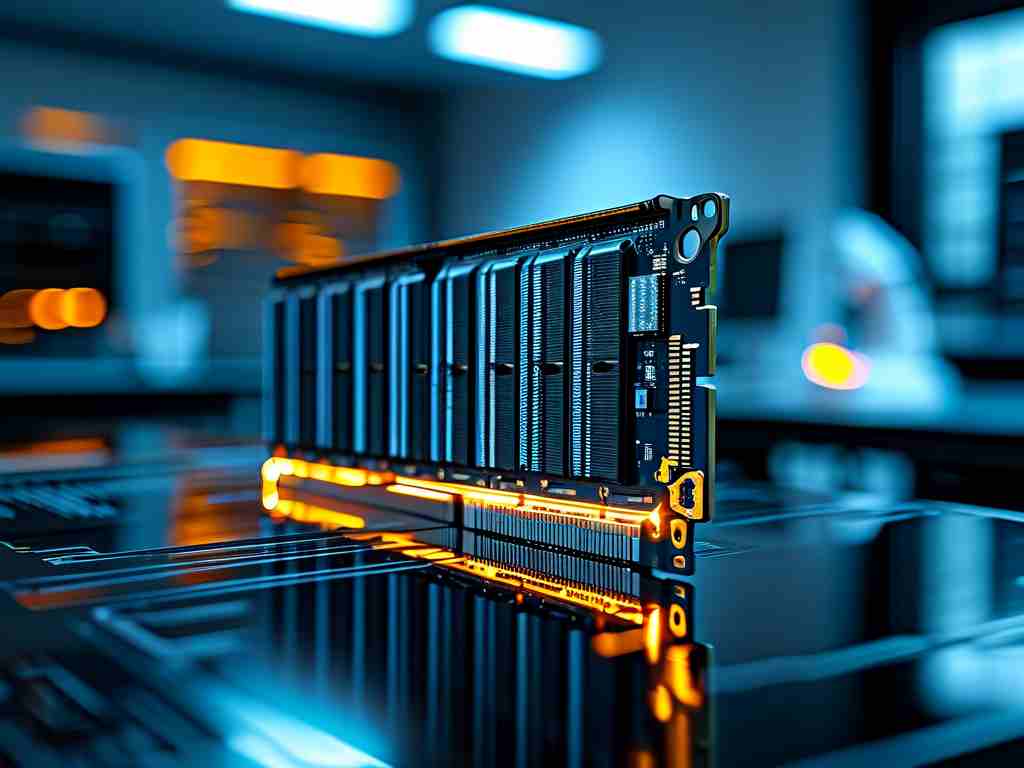In the digital age, computer storage devices form the backbone of data management, with memory (RAM) and external storage (hard drives, SSDs) serving distinct yet complementary roles. This article explores their differences, technological evolution, and practical applications in modern computing systems.
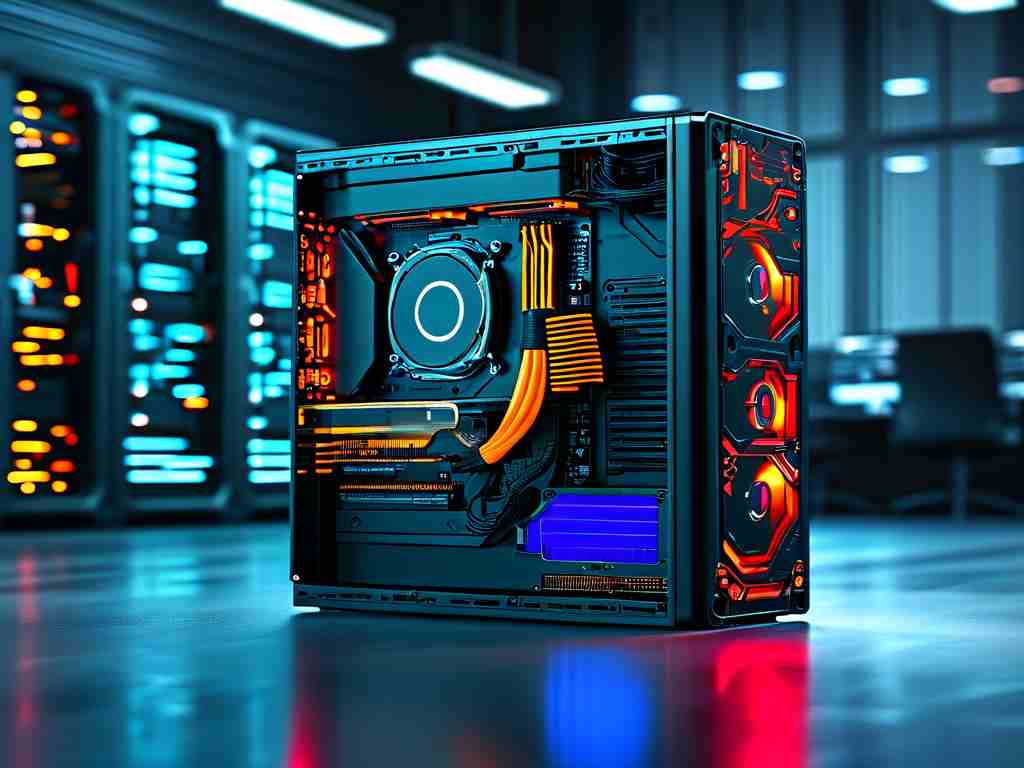
The Role of Memory in Computing
Memory, often referred to as Random Access Memory (RAM), acts as a computer’s short-term workspace. It temporarily holds data actively used by the CPU, such as running applications and open files. For example, when editing a video, the raw footage and editing software load into RAM for real-time processing. This volatility means RAM loses its data when power is disconnected, prioritizing speed over permanence.
Modern DDR5 RAM modules exemplify advancements in this domain, offering transfer rates exceeding 6,400 Mbps. However, capacity limitations (typically 8GB–128GB in consumer devices) require strategic pairing with external storage for long-term data retention.
External Storage: The Digital Archive
External storage devices provide persistent data retention through non-volatile memory. Hard Disk Drives (HDDs) utilize spinning magnetic platters, while Solid State Drives (SSDs) employ NAND flash chips. A 4TB HDD might store a user’s entire photo library indefinitely, whereas a 1TB SSD could host an operating system and frequently used programs for faster access.
The emergence of NVMe SSDs has blurred performance boundaries, with high-end models achieving sequential read speeds over 7,000 MB/s – approaching RAM-level throughput for specific tasks. This convergence raises questions about future storage architectures, particularly in enterprise environments handling massive datasets.
Technical Divergences
Three key differences define memory and external storage:
- Volatility: RAM requires constant power, while storage devices retain data offline
- Access Speed: DDR5 RAM responds in nanoseconds versus SSD latency measured in microseconds
- Cost Structure: Per-gigabyte pricing for RAM remains 5–8x higher than premium SSDs
These distinctions shape their usage patterns. During system boot, the BIOS loads the OS from storage into RAM, creating an executable environment. Similarly, video games transfer assets from storage to memory during level transitions to ensure smooth rendering.
Hybrid Solutions and Emerging Trends
Innovations like Intel’s Optane technology challenge traditional categorizations by combining non-volatility with near-RAM speeds. Cloud storage further complicates the landscape, with services like AWS S3 essentially functioning as networked external storage at planetary scale.
The growing adoption of 5G and edge computing drives demand for tiered storage architectures. Smartphones exemplify this trend, using LPDDR5X RAM for active tasks while relying on UFS 4.0 flash storage for apps and media.
Optimization Strategies
Effective storage management requires understanding both components:
- Allocate sufficient RAM to prevent excessive paging (using storage as virtual memory)
- Implement SSD caching for HDD-based systems
- Utilize RAM disks for temporary high-speed workloads
- Schedule regular storage defragmentation (for HDDs) and TRIM operations (for SSDs)
Developers can leverage this hierarchy through memory-mapped I/O, as shown in this Python snippet for efficient file processing:
import mmap
with open("large_file.dat", "r+b") as f:
mm = mmap.mmap(f.fileno(), 0)
process_data(mm[:1024]) # Access first KB as memory buffer
Future Outlook
The storage hierarchy continues evolving with technologies like 3D XPoint and CXL (Compute Express Link) interconnects. As quantum computing and photonic storage mature, we may see entirely new paradigms for data handling that redefine today’s memory/storage dichotomy.
Understanding these foundational components empowers users to make informed decisions when upgrading devices or architecting systems. Whether choosing between DDR4 and DDR5 RAM for a gaming rig or selecting RAID-configured NVMe drives for a server, recognizing the interplay between temporary memory and permanent storage remains crucial in our data-driven world.


